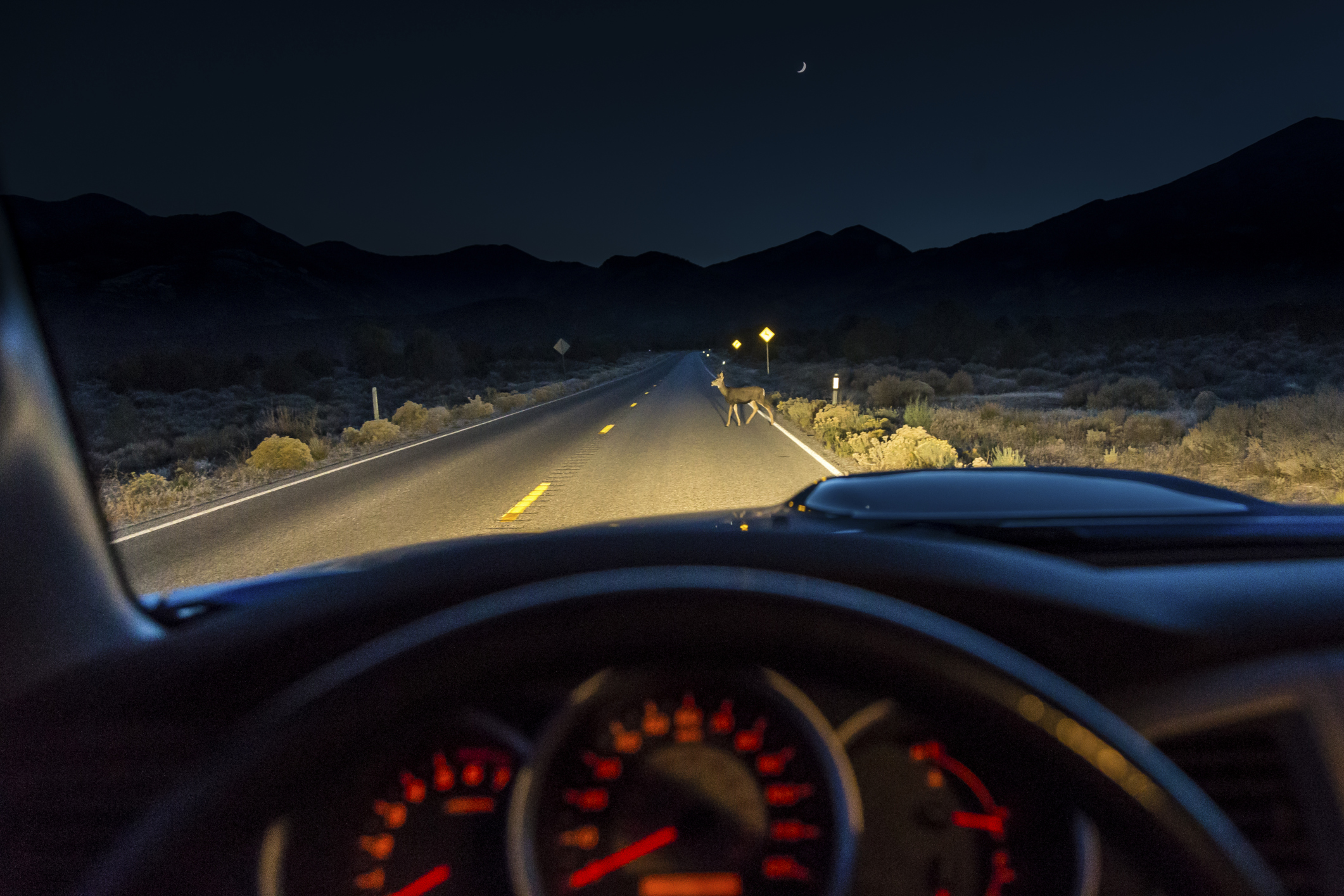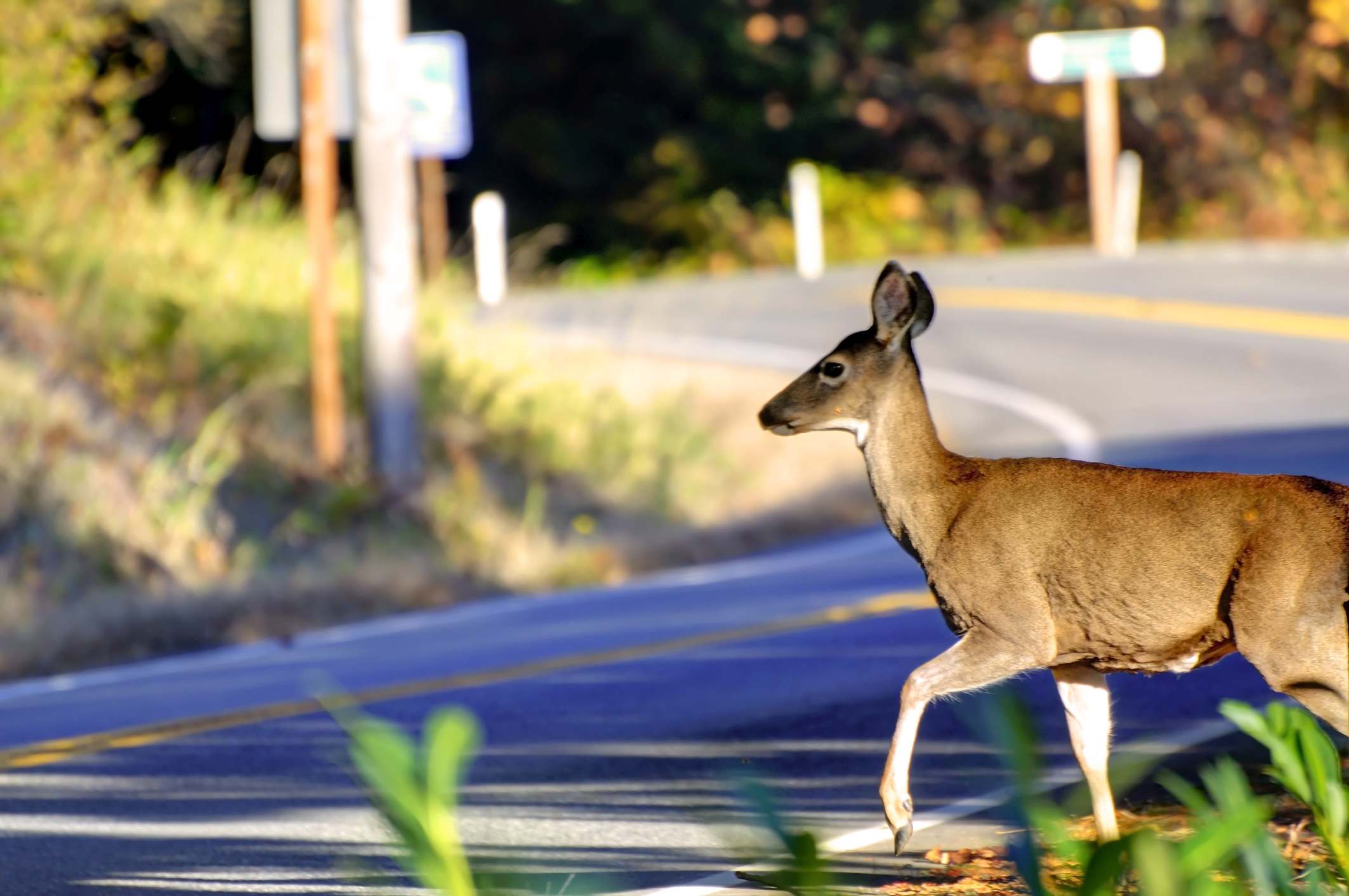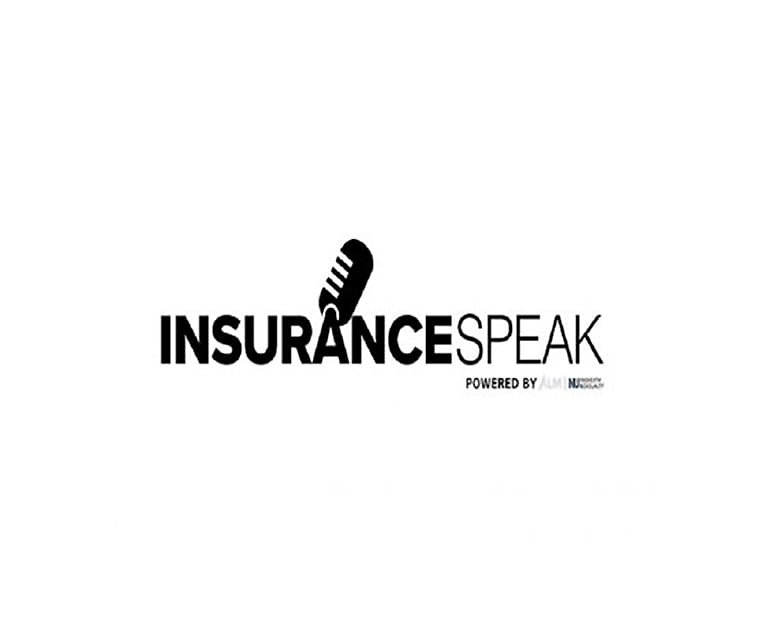While the leaves are changing across much of the country, it'salso that time of year when drivers are more likely to encounterdeer – especially during their morning and evening commutes.
|As those bucks are rushing after their does, they rarely checkto see if there is oncoming traffic. According to State Farm, an estimated 1.25 million auto-deercollision claims occurred between July 1, 2014 and June 30, 2015.The cost of the average claim from these accidents ran $4,135. Yourodds of hitting a deer, elk or moose? 1 in 169.
|Drivers who carry comprehensive insurance for their vehicles aremore likely to have coverage for a close encounter with deer orother wildlife. Comprehensive usually includes coverage for theft,fire, vandalism or other malicious acts, and damage from hail,wind, flood, falling or flying objects.
|Related: 10 things drivers have to pay for when they onlyhave minimum liability insurance
||
(Photo: Filed IMAGE/Thinkstock)
|Collisions involving deer peak from October through December,since that is their mating season. With more deer losing theirnatural habitats to development, the number of accidents will onlyincrease as they enter more populated areas looking for food.
|“Although deer-auto collisions can happen anytime of the year,we generally see a spike in the number of claims during the fall,”said Robert Passmore, assistant vice president of personal linespolicy for the Property Casualty InsurersAssociation of America (PCI). “One moment the road isclear and the next instant you encounter a deer. At best, you avoida collision and are merely shaken up, but when you collide, theaccident can be extremely serious causing injuries and sometimesdeath.”
|State Farm says the top five states involving deer collisionsare: West Virginia, Montana, Iowa, Pennsylvania and South Dakota.Hawaii is the state where drivers are least likely to encounter adeer.
|Related: Top 5 most likely states for deercollisions
||
(Photo: frontpoint/ThinkStock)
|Experts offer several tips to help avoid deer collisions:
- |
- Use your high beams when there is no oncoming traffic. Thisallows you to see more of the road and animals that may be oneither side.
- Wear your seatbelt and make sure children are buckled or inappropriate safety seats.
- Be particularly alert at dusk and dawn, since this is when deertend to be more active.
- Avoid distracted driving. Taking your eyes off the road tocheck a text message means you can drive several hundred feetwithout seeing the road.
- If a deer is near the road or in it, break firmly and slowdown. They usually travel in herds, so the chances are there willbe more than one around.
- When a deer is in the middle of the road, blow your horn in onelong blast to scare it away.
- Do not swerve around the animal. Most serious accidents arecaused by drivers turning into other lanes of traffic or hitting apole, tree or another car.
- Watch for road signs that identify areas more populated withdeer.
- Deer whistles, reflectors and other deterrents have not beenproven effective in alerting or scaring off deer.
- Make arrangements for roadside assistance ahead of time andcheck with your agent to see what kind of coverage you have in theevent of an accident.

(Photo: James Vancouver/ThinkStock)
|After the accident
|If you're unlucky enough to have a close encounter with a deeror other wildlife, insurers recommend that you:
- |
- Move your vehicle to the side of the road if it's drivable andturn on your hazard lights. If you can't drive it, turn on thehazard lights and move to a safe place.
- Call the police. While a police report isn't always necessaryfor a claim, if other vehicles or property damage is involved, areport can be helpful. Also, the police can help in having theanimal removed from the roadway if necessary.
- Take photos of the incident, the animal involved, the roadway,the area where the accident occurred, damage to the car, andinjuries anyone sustained.
- Talk to any witnesses and get their contact information foryour insurance company to follow up with later.
- Stay away from the injured animal; deer have strong legs andsharp hooves that could cause injuries.
- Contact your insurance agent to file the claim as soon as it issafe to do so.
Want to continue reading?
Become a Free PropertyCasualty360 Digital Reader
Your access to unlimited PropertyCasualty360 content isn’t changing.
Once you are an ALM digital member, you’ll receive:
- All PropertyCasualty360.com news coverage, best practices, and in-depth analysis.
- Educational webcasts, resources from industry leaders, and informative newsletters.
- Other award-winning websites including BenefitsPRO.com and ThinkAdvisor.com.
Already have an account? Sign In
© 2024 ALM Global, LLC, All Rights Reserved. Request academic re-use from www.copyright.com. All other uses, submit a request to [email protected]. For more information visit Asset & Logo Licensing.








